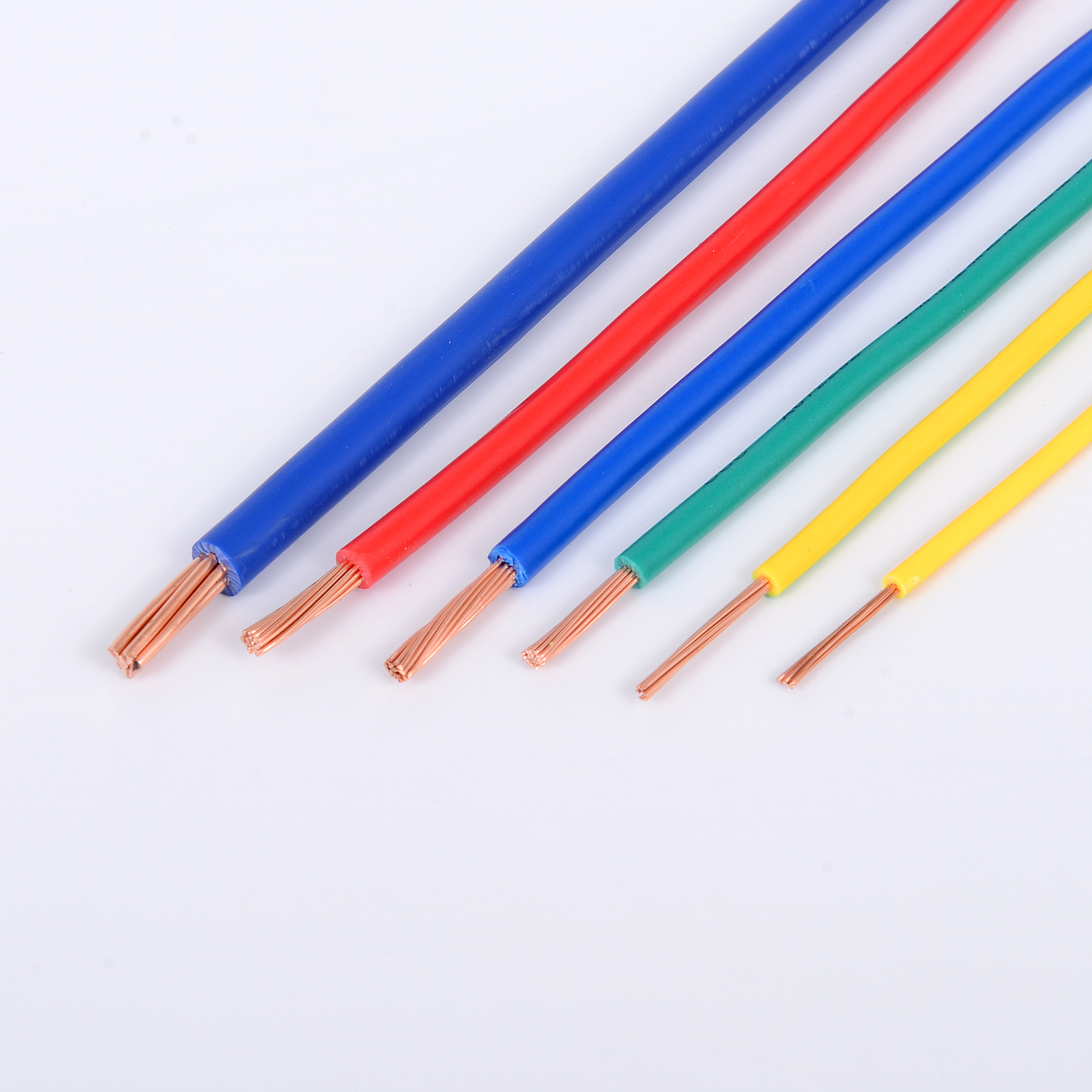 Author: Joey Wan
Author: Joey Wan  September 05,2022
September 05,2022
What is the difference between national PVC standard wire and non-standard PVC wire
There are many types of wires on the market today, and the quality is also uneven. At present, the wires are divided into two types: national standard and non-standard. Needless to say about the national standard, its various indicators are in line with national standards, so the quality is very good.

After we buy it home, we can use it with confidence, and its life and quality will also have corresponding guarantees! But non-standard is not necessarily, they do not have a specific standard, so their quality will be good or bad! Therefore, it is very important to know how to distinguish the national standard and non-standard of the wire! The following will teach you 4 steps to distinguish the "national standard" and "non-standard" of the wire, so that you are not afraid of being pitted by the merchants in the future!
1. Product label
See if there is a quality system certification; see if the certificate is standardized; see if there is a factory name, factory address, inspection stamp, production date; see if there are trademarks, specifications, voltages, etc. printed on the wires. It also depends on the cross-section of the copper core of the wire. The high-quality copper has a bright color and a soft color, otherwise it is a non-standard wire.
2. Conductor material
It is easy to distinguish from the conductor material. The conductor core of the national standard power cord is basically made of oxygen-free copper. The power cord made of oxygen-free copper has low resistance, stable transmission, anti-oxidation and long life.
Non-standard power line conductor materials are mostly made of all-copper or copper-clad aluminum, of which all-copper is also called bronze and secondary recycled copper. This type of copper contains many impurities, high resistance, and has little effect on oxidation resistance; but The oxidation resistance of copper-clad aluminum material is very low, and it is not suitable for long-term use projects.
3. Conductor size(PVC WIRE)
Whether the conductor is shiny, whether the DC resistance, conductor structure size, etc. meet the requirements of the national standard, and the wire and cable products that meet the requirements of the national standard, whether it is an aluminum conductor or a copper conductor, are relatively bright, without oil pollution, and the DC resistance of the conductor fully meets the requirements of the national standard. National standard, with good electrical conductivity and high safety. According to international standards, the specifications of the power cord are 0.5, 0.75, 1, 1.5, 2.5 square meters, etc.; the copper core of the national standard power cord is sufficient, and the correlation will not exceed about 0.01 square meters. The copper core of the non-standard power cord is only about 7-8%. The square operation formula of copper core power cord = (size of single copper wire/2) square * 3.14 * number of copper wires.
4. Length in meters
The conventional power cord is 100 meters/roll, and can also be customized according to customer requirements. The national standard power cord is basically a full meter, and the difference will not exceed 0.5 meters; the non-standard power cord is generally less than 100 meters, and a difference of 8-10 meters is normal, so the number of meters can be determined by yourself. Actual length. We can also check through the meter mark on the line body, which is also for the convenience of customers to measure and cut.

There is also a set of non-standard cables, in addition to quality problems, it has constituted an infringement in law, and we must strictly prevent it. Choosing a national standard cable is not only responsible for yourself, but also for consumers, and it is also a guarantee of personal safety.
In recent years, there have been more and more fire accidents caused by unqualified wires and cables, and many of them have purchased unqualified products because of the lack of knowledge about cables. Therefore, the household wires we usually choose must choose wires and cables according to their actual needs. Don't buy some unqualified wires for temporary convenience, which will cause fires.
